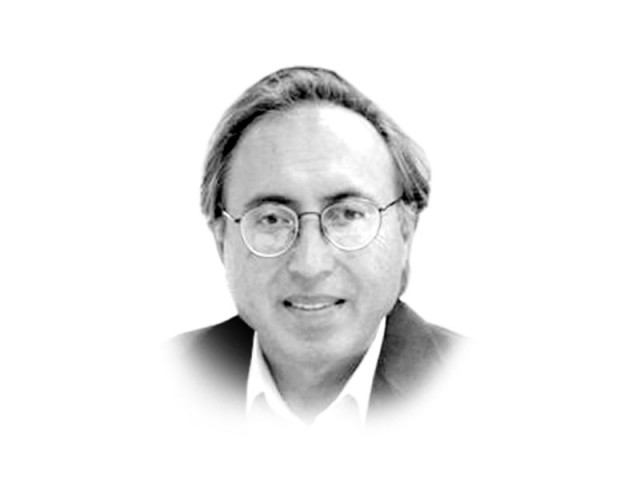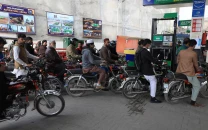The young voter
How the young voter is going to vote is PML-N and PPP's worst fear, their leaders cannot match Imran Khan's appeal.

What about the electoral behaviour of Pakistani voters? We know very little. Most of the things that we say about electoral behaviour are based on party positions and the number or percentage of votes the candidates obtained. There is not much for the exit polls except some efforts by Gallup Pakistan. The picture remains murky and may remain so unless our data bank of exit polls improves and Gallup or other organisations develop expertise for the long run.
Voting behaviour —the social, economic, political and personal factors or interests that determine an individual’s choice on the polling day — is an important subject to investigate for parties as well as for analysts. At the moment, we go by caste, creed, tribe, ethnicity and other social solidarity group analysis. The individual is always missing as we make two unfounded and unempirical assumptions about Pakistan. One, Pakistan has not changed or if it has, it is too slow and small to be counted. Second, individuals — no matter where they live, what they do or what social or economic mobility they have achieved — are first and foremost members of a larger social solidarity group. And the influence of those groups weighs heavily on the political choices individual makes.
Pakistan has changed over time and so we must change our lenses when looking at Pakistan. As we prepare for the next general elections, we need to keep in mind some important changes. About half of the voters are new, young voters under the age of 30. We don’t exactly know how they are going to vote but casting them in the old template will be as mistaken a view as believing that they will transform the electoral outcome. We don’t know much except information by neutral surveys from distant lands like the Pew Research Centre that shows the popularity of various leaders; the Kaptan is way ahead of President Asif Ali Zardari and Nawaz Sharif.
How the young voter is going to vote is the worst fear of the PML-N and the PPP, knowing well that their leaders cannot match the popular appeal of Imran Khan. Lacking that personal touch, President Asif Ali Zardari and Nawaz Sharif have groomed themselves as masters of elite-network politics — court electables and you will be fine. One of the most interesting things to watch from now until the conclusion of the next general elections is how the youth factor — which is apparently a PTI strength — will play out against elite-network politics that Imran Khan has also embraced belatedly. The young voter factor may not have uniform effect, though. It may have uneven impact in urban constituencies more than rural ones.
I cannot say if the old social solidarities and voting blocs will remain firm in infirm social and economic conditions and when the ‘mandated’ rulers have much to answer for their performances. Perhaps, more than that, passivity or activism of the youth may determine party fortunes.
Published in The Express Tribune, August 7th, 2012.














COMMENTS
Comments are moderated and generally will be posted if they are on-topic and not abusive.
For more information, please see our Comments FAQ